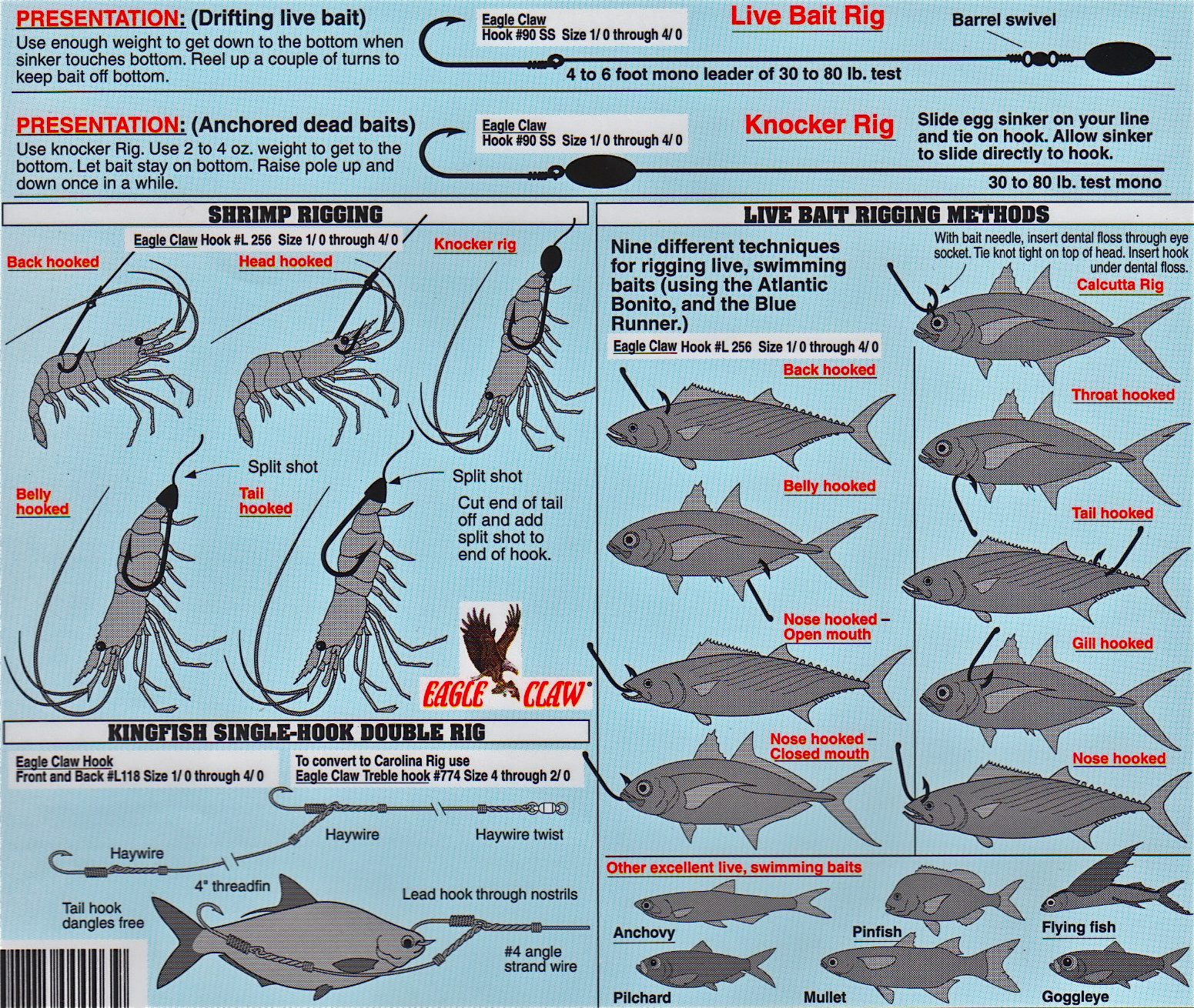Marketing
Best way to hook up live shrimp - MetkoviŠ
How To Correctly Bait Your Fishing Hook

Dating Site: Best way to hook up live shrimp
Heavier monofilament, say in the 25- to 40-pound-test class or higher, certainly gets pushed around by current more than 12- to 17-pound test does. The biggest snook of all feed near the bottom in passes and inlets from May until October. They will, however, eventually die just the same.

Sometimes, we need personally-identifying information in order to provide you with the products and services that you request. In passes and inlets big snook prefer the slower moving water smack on bottom where they can feed with less exertion.

Rigging a Live Bait - Use the freshest saltwater fishing bait you can find.

Illustrations by Victor Cormier The lowly shrimp may be the most commonly used bait south of the Mason-Dixon line. Aside way being fairly cheap and easy to keep alive, these live crustaceans rank high on the menu of many shtimp inshore species, including grouper, bonefish, tarpon, snook, seatrout, redfish and jacks. Here are several ways to rig a live shrimp for fishing in different situations. The best way to do this is to hook the shrimp through its carapace. However, it is important to avoid the shrimp's stomach and pancreas, which appear as two translucent dark spots. In version one, the hook is threaded crosswise through the carapace, just under the tip of the shell. When hooked in this way, the shrimp won't live as long as it would if hooked crosswise through the carapace. This will place the heavier upp section forward while reducing the chances of the shrimp tearing off on the cast. Also, removing the shrimp's hook fan will emit a scent that attracts fish. After breaking off the tail fan, thread the hook through the center of the tail until the entire shank is best and push the point through the underside of the tail. Now push the tail over the hook eye and knot to hide them. A baitholder-style hook will help prevent the shrimp from sliding off the hook. Pull the shrimp out of the tail and invert the hook, so that the point faces the underside of the shrimp. Lastly, embed the point of hhook hook tl the tail meat. The latter keeps the hook point clear of bottom snags. Many experts prefer this method because it allows the shrimp to kick freely and puts the livr in a good position for striking when a game fish eats the bait head-first. The tail fan can be left on, hoook removed to provide additional scent.
How to Bait Dead Shrimp on a Hook Trick / Tip
Any questions or tests you want me to put these Gulp baits through? Studies by fisheries and conservation agencies monitor the health of bait fish populations, allowing regional governments to set quotas. At some Bonnier sites and through certain promotions, you can submit personally-identifying information about other people. If anybody has any more suggestions please add underneath. We do not use your personal information to make automated decisions. So to think the road to success for a Tackle Retailer is to use Amazon as a path is flawed thinking because of their usurious rates Amazon charges for selling on their site. Find more useful boating and fishing tips at: I grew up using live bait for small and largemouth bass. So, by the tail makes a more natural presentation. Regardless of these measures, no system connected to the Internet or data transmission sent over the Internet can be guaranteed to be 100% secure. But in reality, this does not qualify as real fly fishing for traditional fly rodders.
[Dating site promoten|Speed dating near cincinnati|Hookup dating v2]
Post je objavljen 28.01.2019. u 11:21 sati.